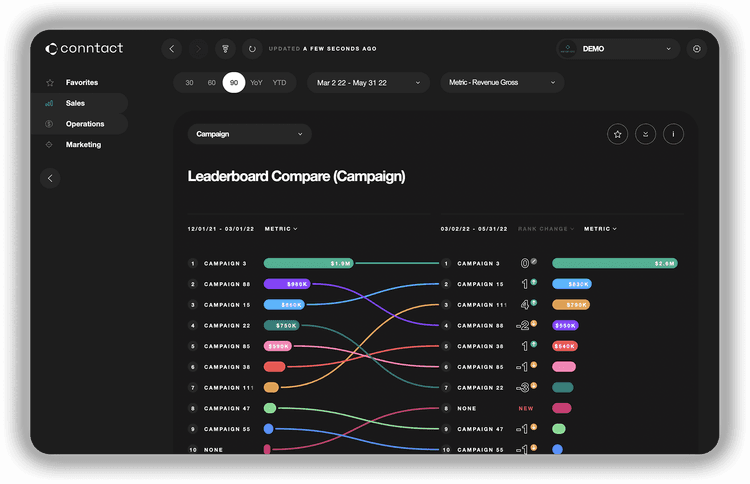news
11 October 2023
Mica Zuniga
Repairing Customer Relations After the Supply Chain Crisis

Article originally posted on SupplyChainBrain
Mica Zuniga, SCB Contributor
Global supply chain woes have forced manufacturers and retailers to operate in survival mode. Meanwhile, their customers are using this frustrating lull to reexamine their own needs.
There were some hard choices to make when the upheaval began. Suppliers were forced to focus on what they could do “right here, right now.” The long-term result was poor planning, inconsistent communication, and ultimately, the alienation of customers.
It’s time to refocus from a survival strategy to one of sustainability and growth. The supply chain will stabilize, the workforce will return and businesses will reopen, but things won’t be back to “normal.” Customers want and need more from suppliers, and will flock to those who are providing the best communication and buying experience.
Build sustainable customer relations now by refocusing the lens. Start with clear messaging that allows customers to plan and implement omnichannel options for e-commerce purchasing.
Predictions are that supply chain stabilization will happen like a flipped switch, opening the flow of product. But will demand for goods still be there when that happens?
Customer behavior continues to evolve toward the need for transparent messaging and omnichannel methods for retailing. Sellers must act now to reengage customers with digital tools, omnichannel offerings and remote sales forces, or be left behind by those that do.
Suppliers need to look ahead and ask: How are we going to go to market? How are we going to build a foundation for growth out of the ashes? How will we catch and keep customers when the supply chain resolves?
Most importantly, if they aren’t in communication with their customers now, how do you know whether those customers remain with them, or have turned to the competition? And how much do those lost customers cost?
The decision to focus on the most impactful and profitable customers is a good one for the immediate situation, but the tradeoff is sending a message to others going without supply: You don’t matter to us, and you never did.
So how can companies repair customer relations today? It begins with remote customer engagement and the implementation or updating of digital tools, as part of a larger effort to reengage lost customers and plan to attract new ones. Steps to take include:
- Have conversations with existing customers (even with the ones you can’t sell to today) to understand where they’re getting material now and whom are they getting it from.
- Discuss product portfolio changes to inform customers what you’ll be making and what will be removed from production.
- Offer to help them make a transition to fill that need.
- Talk about how much of the demand is permanent versus temporary.
- Reengage lost customers for whom you once had a qualified product. They can probably still use it, or something similar.
- Attract new customers, but make sure you have a pipeline in place.
- Create a buy-in environment that can reactively catch customers in all of these different ways.
- Build an omnichannel infrastructure.
- Have integration in place that’s tested and proven to work for when customers come back online, to eliminate negative impact on operations.
- Put a stake in the ground with honest lead times. Let buyers make an informed decision. If materials should be available in 12 weeks, tell them 12 weeks and keep them updated. They can’t plan with “it should be here soon.”
It’s not too late to win back customers and strategize ways to win new ones after the supply chain resolves. If you can recognize the issues, you can work to fix them. Heal your soured customer relations with open communications. Invest in the technology and talent that customers need and want from you. Earn back their trust to win back their loyalty.



